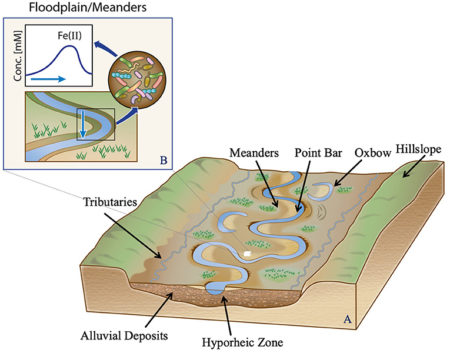
(A) The riparian corridors include various subsystems, such as hyporheic zones, meanders, wetlands, and lagoons, all of which impact river water quality (modified from Natural levees, Pearson Prentice Hall, Inc.). (B) A zoomed-in view highlights the importance of temporal dynamics within an intrameander region.
Rivers and adjacent landscapes are important parts of the Critical Zone. They serve as integrators of the hydrologic and biogeochemical cycles, constituting the primary pathways for geochemical exports from watersheds. Thus, they exert primary control on determining the downstream river water quality. The net geochemical export of metals and nutrients from watersheds depends strongly upon hydrological exchanges and biogeochemical transformations at the terrestrial–aquatic interfaces and riparian corridors. It is critical to link hydrological and biogeochemical processes in riparian corridors so as to understand how Critical Zone processes regulate future water quantity and quality for sustainable management. Here we invited theoretical and data-driven contributions that can advance the predictive understanding of riparian corridor processes.
Riparian corridors include various subsystems, such as hyporheic zones, meanders, wetlands, and lagoons, all of which impact river water quality. These subsystems demonstrate distinct biogeochemical potential depending upon their hydrologic connectivity to the main channel. However, several hurdles must be overcome to improve the predictive capability of riparian corridor processes across scales. This Research Topic aimed to enhance our understanding and predictive capability related to linked hydrological and biogeochemical processes in riparian corridors. We received contributions across a wide spectrum of topics, including hydrologic exchange and river connectivity as well as geochemical exports of carbon, nitrogen, colloids, and microbial dynamics. These topics also involved novel method development, new observational networks, advanced mechanistic modeling, and the use of artificial intelligence and machine learning approaches. Below, we briefly synthesize these contributions under two groups focused on dynamic hydrologic connectivity and microbial and physical controls on spatial patterns in river corridors.
Summary
Over the past several decades, the complexity of rivers and their adjacent environments and the important roles that they play in watershed function have been increasingly recognized. The large number of contributions to this Research Topic reflect continued high interest in understanding and quantifying the interactions between hydrological, microbial, and biogeochemical processes that underlie ecological health and water quality in these critical systems across spatiotemporal scales. It is particularly encouraging to see that hydrological connectivity has received considerable attention in this Research Topic to unravel the conundrum of high biogeochemical activity in riparian corridors. However, it is important to realize that there is no consensus about the definition of hydrological connectivity across fields. Further, we need to acknowledge the wide range of complexity of dynamic hydrological connectivity appropriately to enhance process understanding of riparian corridors. Finally, we expect that emerging technologies, radical collaboration, new constructs, and open science principles will keep transforming predictive capabilities of hydrobiogeochemical behavior of riparian corridors.
Citation
Dwivedi D, Godsey SE and Scheibe TD (2021) Editorial: Linking Hydrological and Biogeochemical Processes in Riparian Corridors. Front. Water 3:693763. doi: 10.3389/frwa.2021.693763
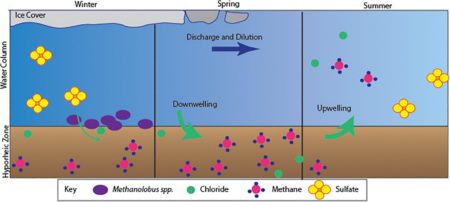
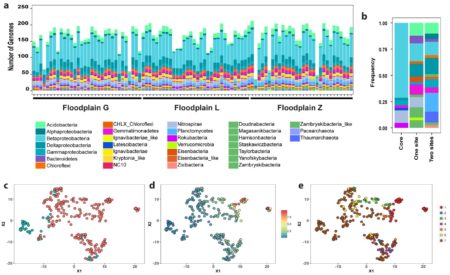
 SFA Field Deputy
SFA Field Deputy 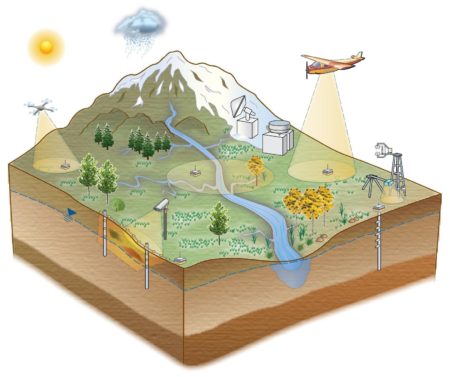
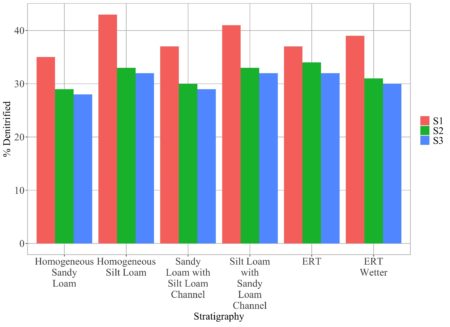
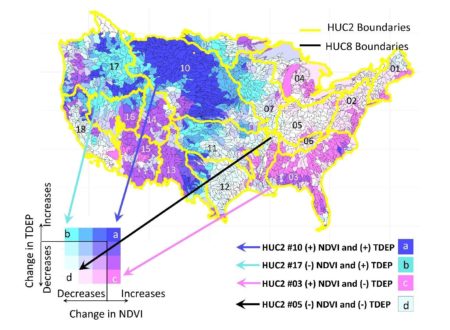
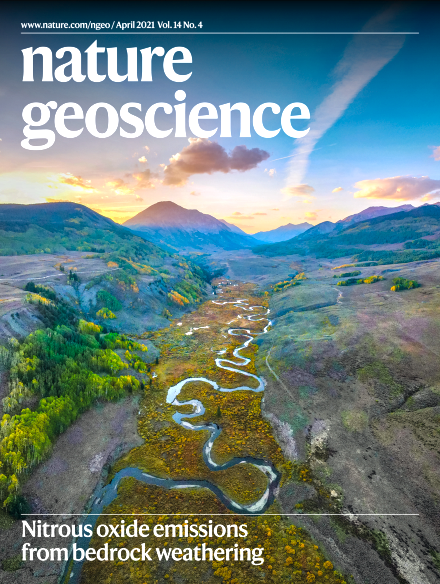
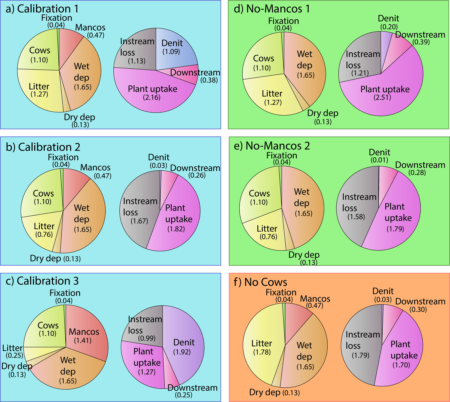
 SFA scientist Dr. Heidi Steltzer (Ft. Lewis College) was interviewed on KBUT, a community radio station in Gunnison County, CO (home to the East River watershed). As a guest on KBUT’s segment “
SFA scientist Dr. Heidi Steltzer (Ft. Lewis College) was interviewed on KBUT, a community radio station in Gunnison County, CO (home to the East River watershed). As a guest on KBUT’s segment “